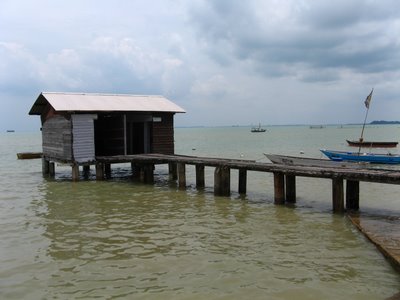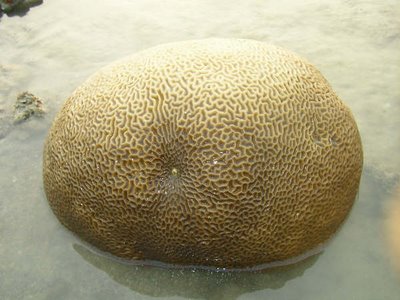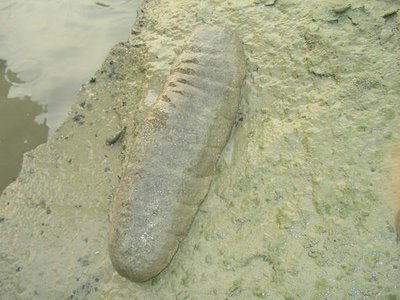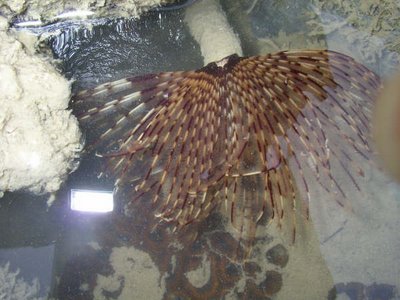 i don't know why. Every time when i go back home and wanted to take photos at the shore, the next thing i know when i arrived at the shore is, it rains. You can see from the picture above that, the sky was cloudy and dark. It was around 5pm and just after a very heavy rain. I was already at the shore when it rained and had to took up a shelter to wait for the rain to stop. Fortunately, the rain did stop after half and hour, so i could continue to take photos.
i don't know why. Every time when i go back home and wanted to take photos at the shore, the next thing i know when i arrived at the shore is, it rains. You can see from the picture above that, the sky was cloudy and dark. It was around 5pm and just after a very heavy rain. I was already at the shore when it rained and had to took up a shelter to wait for the rain to stop. Fortunately, the rain did stop after half and hour, so i could continue to take photos.
The buildings that you see are located at the main street. A market used to be there as well, however it was relocated to the inner area few years back.

Doesn't it interesting? A hermit crab climb onto the pencil root of the mangrove.

Oop! Distrub! A love corner. Mating nerites. Nerites are hermaphodrite (have two genders) and they have external fertilization.

This nerite is even smaller than my finger tip. If you pay a little bit of attention to your surroundings, then you will see a lot of interesting things that you never even notice before.
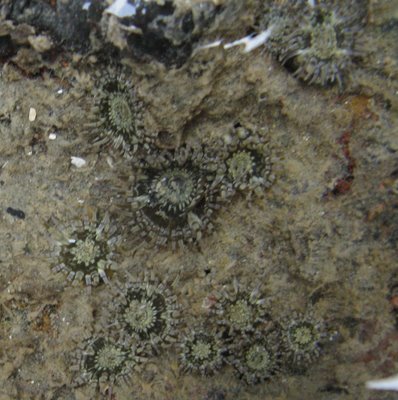
This pool has many opened up banded bead anemone. They look like small flowers. When you go to the shore, look into the pool to see many interesting life!

Can you see the sea slug? It is a snail without a shell. It has thick skin to prevents it to dry out. It has similar color with the rock, so most of the time it will be overlooked. Camourflage (same shape or color to blend in surroundings) is the common way for animals to protect themselves.

Well, this is actually a collared kingfisher. It is blue in color. It hunts for small crabs, prawns and fishes during low tide. It is normally in pairs.

Gobbies feed on smaller animal. Some of them are toxin and some of them are staying with shrimp in a symbiosis relationship (both sides gain benefit).
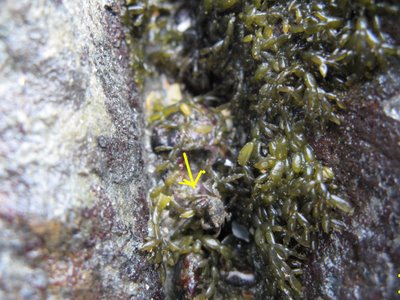
A tiny little crab hide itself in the sea weed. It would grow up and many be end up on your plate.

Fruit of the nipah palm or atap chee, what we normally find in our ais-kacing. This one has obviously floated in the sea for quite a long time until it becomes black.

This is rose apple or in Malay language, jambu air. It tastes slightly sweet and juicy. It is seasonal and home grow to many of the household.


 The tiger prawns need to be kept in the tank before they are transported to Singapore. Of course, the fresh one will definitely give a better price.
The tiger prawns need to be kept in the tank before they are transported to Singapore. Of course, the fresh one will definitely give a better price. 
